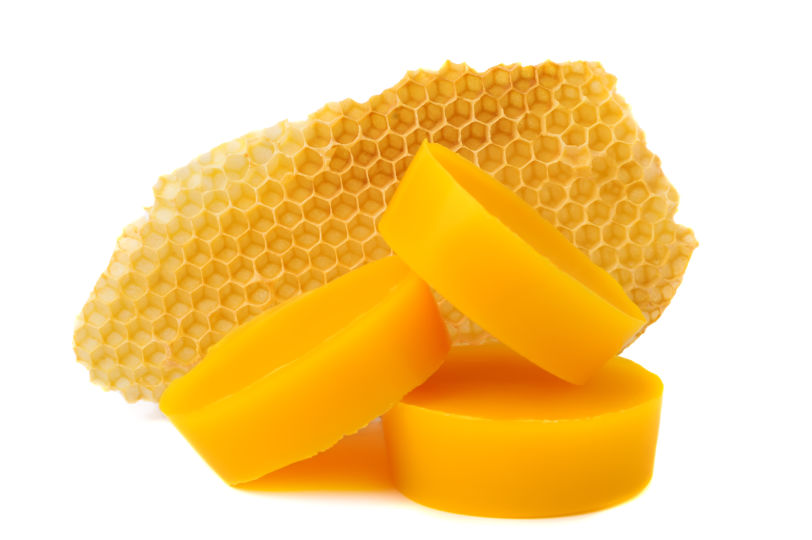Wax is a diverse class of organic compounds that are malleable near ambient temperatures. They are hydrophobic and generally non-polar, making them ideal for a variety of applications. Waxes can be derived from different sources, including the following below.

Petroleum Waxes: Obtained from fossilized organic materials, like paraffin wax, microcrystalline wax, and petrolatum.
Vegetable Waxes: Extracted from plants, such as carnauba wax from the leaves of the carnauba palm and candelilla wax from the leaves of the candelilla plant.
Animal Waxes: Produced by animals, such as beeswax from honeybees and lanolin from sheep’s wool.
Synthetic Waxes: Manufactured through chemical processes, such as polyethylene and Fischer-Tropsch waxes.
Typical test methods for waxes are outlined below. However, these alone do not define a wax’s suitability. Functional properties like translucency, solid appearance, and flexibility are also crucial. The combination of physical and functional properties determines the right wax for a given application.
Some common test methods for wax include;
| Property | Test Method | Description |
| Melt Point | ASTM D87 | The temperature at which wax changes from solid to liquid form. |
| Drop Melt Point | ASTM D127 | Used on waxes not suitable for ASTM D87, e.g. microcrystalline and petrolatum. |
| Congealing Point | ASTM D938 | Measures when wax ceases to flow. |
| Need Penetration | ASTM D1321 | Measures the hardness of wax. |
| Kinematic Viscosity | ASTM D445 | The resistance to flow of a molten wax at test temperature. |
| Mettler Drop Point | ASTM D3954 | Measures the dropping point of wax. |



